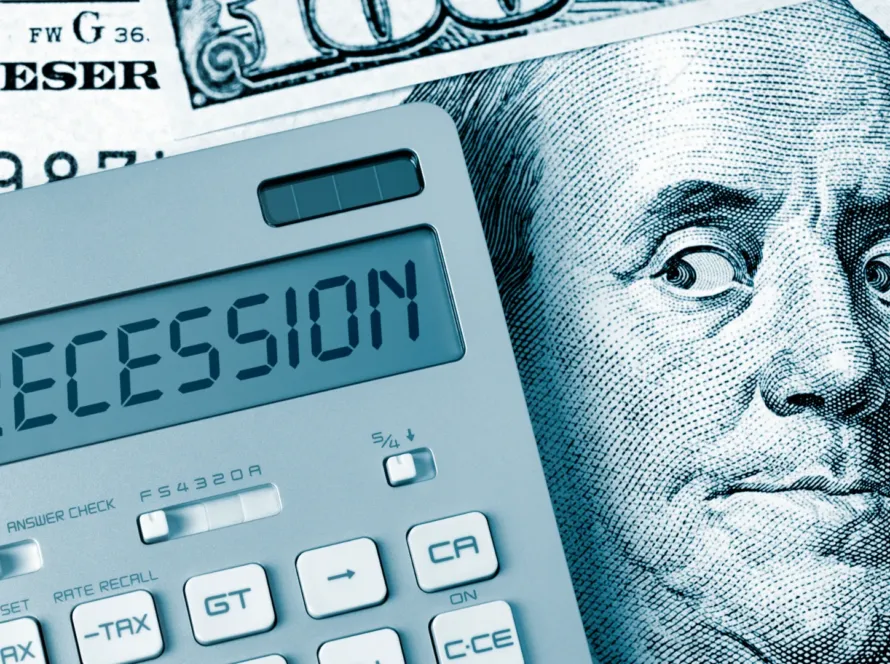Introduction
Behavioral economics is an interdisciplinary field that combines insights from psychology and economics to understand human decision-making better. Contrary to the traditional economic model, which assumes that individuals are rational and utility-maximizing, behavioral economics considers the cognitive biases and heuristics that can lead to suboptimal decision-making (Mullainathan & Thaler, 2000). This article will explore the fundamental principles of behavioral economics, which are the following: bounded rationality, loss aversion, mental accounting, time inconsistency, and social preferences. Understanding these principles can help policymakers and businesses design more effective interventions and policies that account for the quirks of human behavior.
Bounded Rationality
The concept of bounded rationality acknowledges that human cognitive abilities are limited, and thus, individuals often make decisions based on simplified models of reality (Simon, 1955). Due to constraints in information-processing capacity, time, and cognitive resources, individuals employ heuristics — mental shortcuts that can lead to systematic biases in decision-making (Tversky & Kahneman, 1974). For example, the availability heuristic causes people to overestimate the likelihood of events that are more readily available in memory, such as plane crashes or shark attacks (Tversky & Kahneman, 1973).
Loss Aversion
Loss aversion refers to the tendency for individuals to value losses more heavily than equivalent gains, leading to an extreme aversion to risk (Kahneman & Tversky, 1979). This principle can explain phenomena such as the endowment effect, where individuals demand more to give up an item they own than they would be willing to pay to acquire it (Thaler, 1980). Loss aversion can have significant implications for policy design, as it suggests that framing interventions in terms of losses rather than gains may be more effective in motivating behavioral change (Thaler & Sunstein, 2008).
Mental Accounting
Mental accounting is a cognitive process whereby individuals categorize, evaluate, and keep track of their financial transactions (Thaler, 1985). People often create separate mental accounts for different expenditures, such as rent, groceries, or entertainment, leading to inconsistent and seemingly irrational decision-making. For instance, individuals might be reluctant to spend money from their savings account on vacation but willing to do so if they receive an unexpected windfall, even though the overall financial impact is the same (Thaler, 1999). Understanding mental accounting can assist policymakers in designing more effective interventions by targeting specific mental accounts, such as tax rebates designated for energy-efficient home improvements (Thaler & Sunstein, 2008).
Time Inconsistency
Time inconsistency refers to individuals’ tendency to prefer smaller, immediate rewards over larger, delayed ones, even when the latter is objectively more valuable (Laibson, 1997). This inclination can lead to problems such as procrastination, under-saving for retirement, and overconsumption of unhealthy goods (O’Donoghue & Rabin, 1999). Research suggests that policymakers can address time inconsistency by using commitment devices, which help individuals pre-commit to their future preferences, such as automatic enrollment in retirement savings plans or deposit contracts for smoking cessation (Thaler & Sunstein, 2008).
Social Preferences
Traditional economic models often assume that individuals are solely motivated by self-interest. However, behavioral economics recognizes that social preferences, such as fairness, trust, and reciprocity, can also play a crucial role in decision-making (Fehr & Schmidt, 1999). For example, individuals might be willing to incur personal costs to punish those who violate social norms, such as free-riders or cheaters (Fehr & Gächter, 2002). Moreover, people may exhibit strong preferences for equity, preferring more equal distributions of resources even at the expense of their monetary gain (Camerer & Thaler, 1995). Policymakers must understand social preferences to design more effective policies by leveraging the power of social norms and incentives. For instance, research has shown that informing people about the energy conservation efforts of their neighbors motivates increased energy-saving behavior (Schultz et al., 2007).
Conclusion
Behavioral economics offers valuable insights into human decision-making’s complex and often irrational nature. By incorporating principles such as bounded rationality, loss aversion, mental accounting, time inconsistency, and social preferences, policymakers and businesses can design more effective interventions that account for the cognitive biases and heuristics that influence human behavior. Ultimately, embracing the irrational can lead to better policies, products, and services catering to human decision-making’s true nature.
References
Camerer, C., & Thaler, R. H. (1995). Anomalies: Ultimatums, dictators, and manners. Journal of Economic Perspectives, 9(2), 209–219.
Fehr, E., & Gächter, S. (2002). Altruistic punishment in humans. Nature, 415(6868), 137–140.
Fehr, E., & Schmidt, K. M. (1999). A theory of fairness, competition, and cooperation. Quarterly Journal of Economics, 114(3), 817–868.
Kahneman, D., & Tversky, A. (1979). Prospect theory: An analysis of decision under risk. Econometrica, 47(2), 263–291.
Laibson, D. (1997). Golden eggs and hyperbolic discounting. Quarterly Journal of Economics, 112(2), 443–478.
Mullainathan, S., & Thaler, R. H. (2000). Behavioral economics. NBER Working Paper №7948.
O’Donoghue, T., & Rabin, M. (1999). Doing it now or later. American Economic Review, 89(1), 103–124.
Schultz, P. W., Nolan, J. M., Cialdini, R. B., Goldstein, N. J., & Griskevicius, V. (2007). The constructive, destructive, and reconstructive power of social norms. Psychological Science, 18(5), 429–434.
Simon, H. A. (1955). A behavioral model of rational choice. Quarterly Journal of Economics, 69(1), 99–118.
Thaler, R. H. (1980). Toward a positive theory of consumer choice. Journal of Economic Behavior & Organization, 1(1), 39–60.
Thaler, R. H. (1985). Mental accounting and consumer choice. Marketing Science, 4(3), 199–214.
Thaler, R. H. (1999). Mental accounting matters. Journal of Behavioral Decision Making, 12(3), 183–206.
Thaler, R. H., & Sunstein, C. R. (2008). Nudge: Improving decisions about health, wealth, and happiness. Yale University Press.
Tversky, A., & Kahneman, D. (1973). Availability: A heuristic for judging frequency and probability. Cognitive Psychology, 5(2), 207–232.
Tversky, A., & Kahneman, D. (1974). Judgment under uncertainty: Heuristics and biases. Science, 185(4157), 1124–1131.


